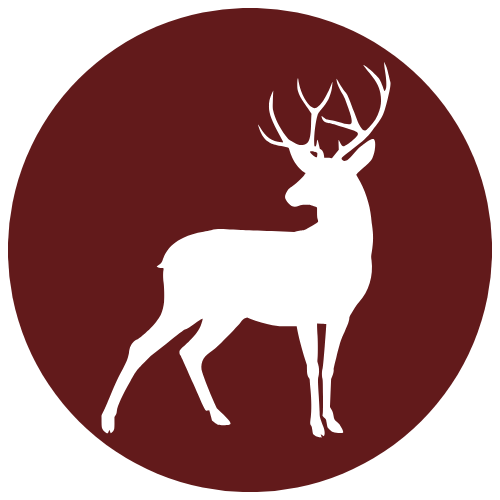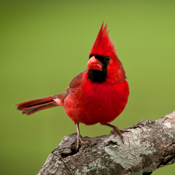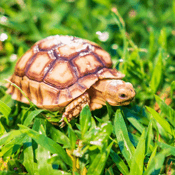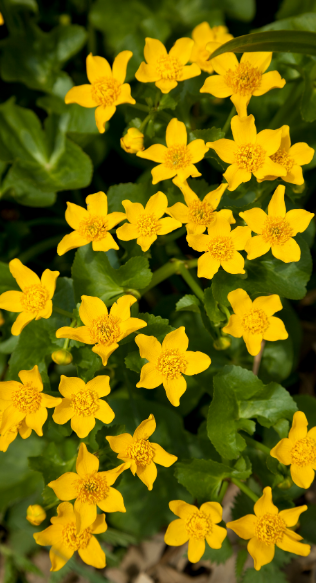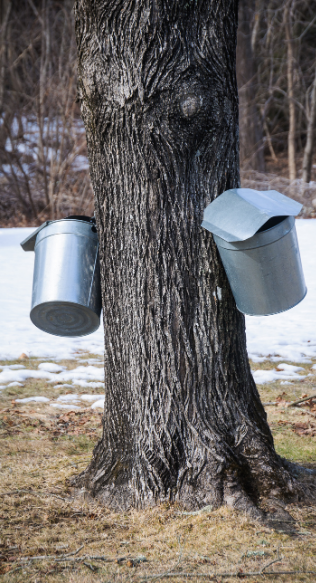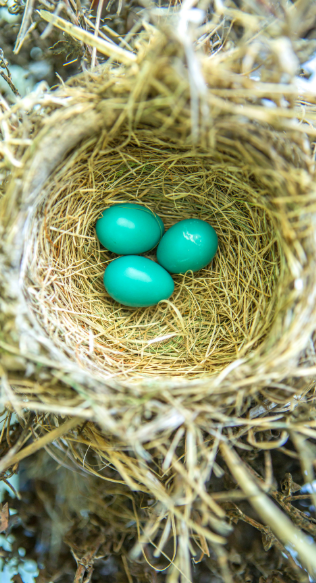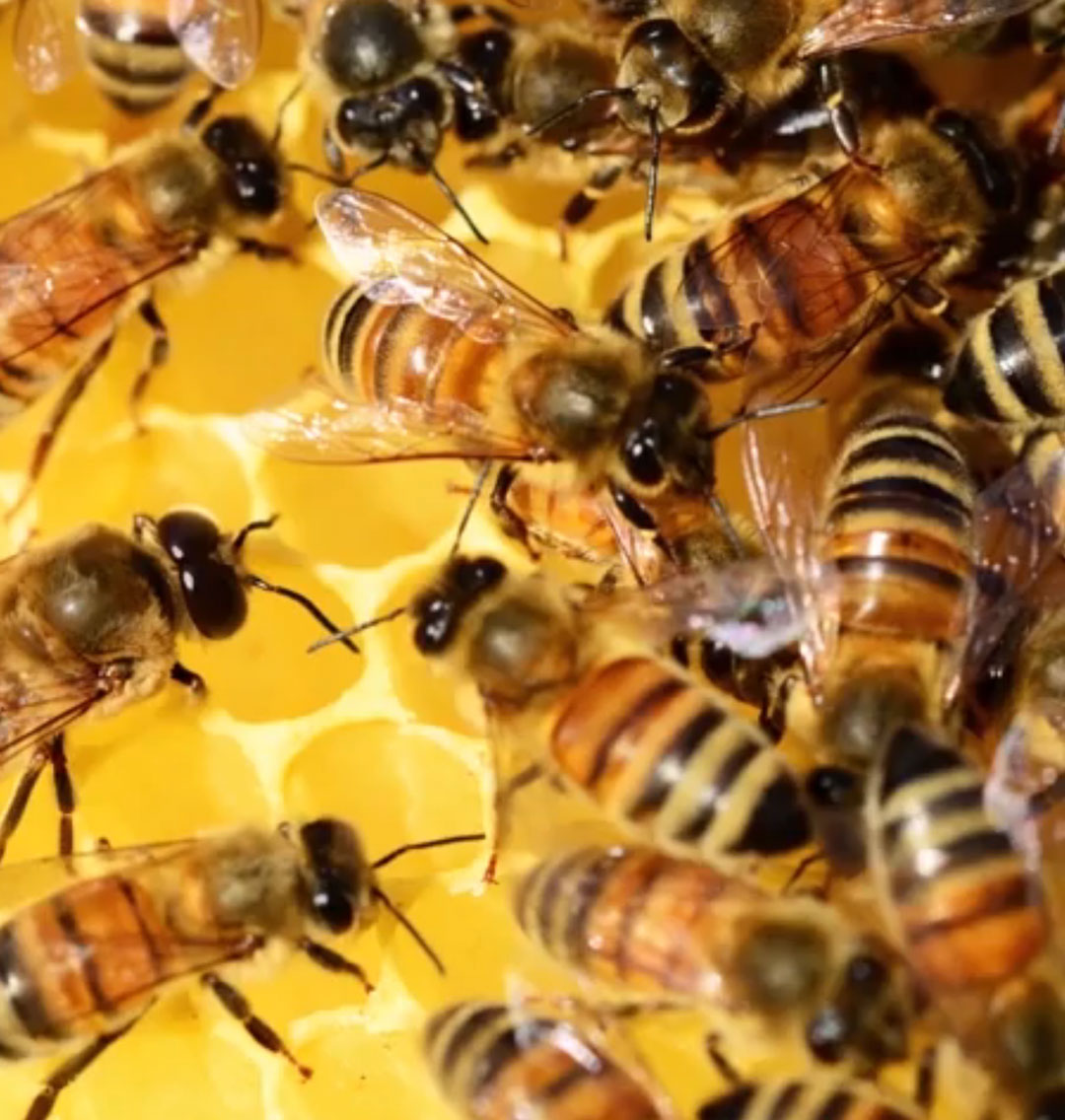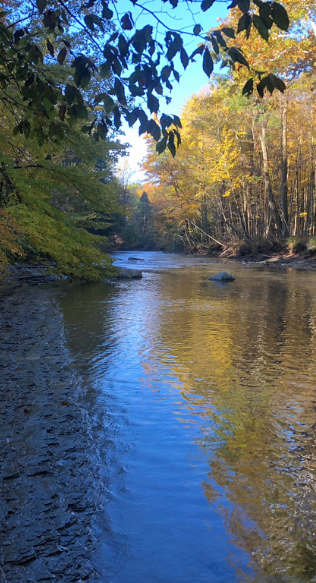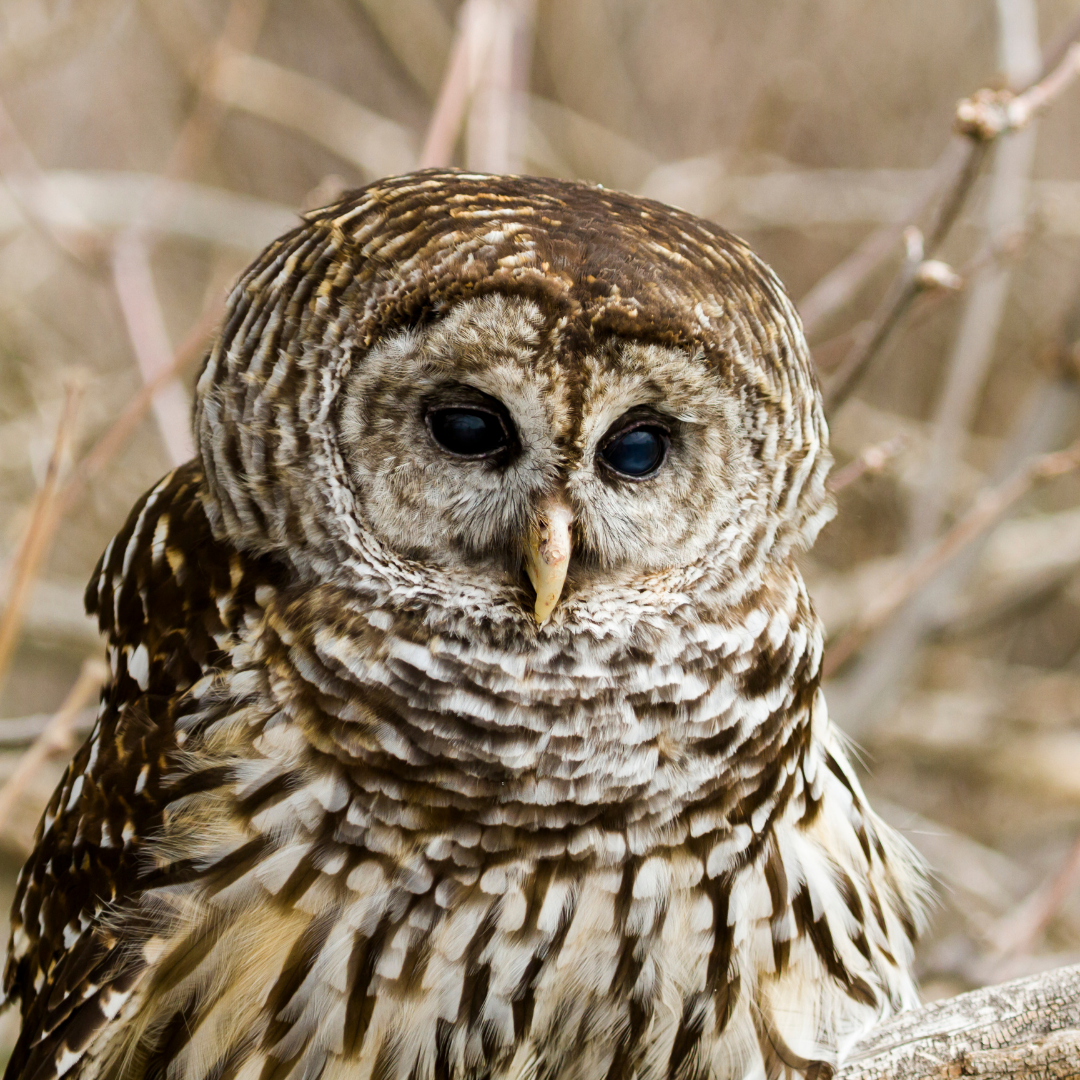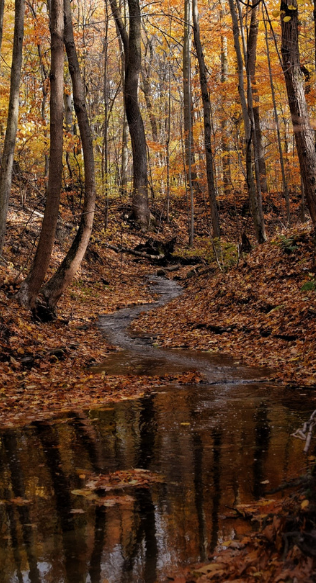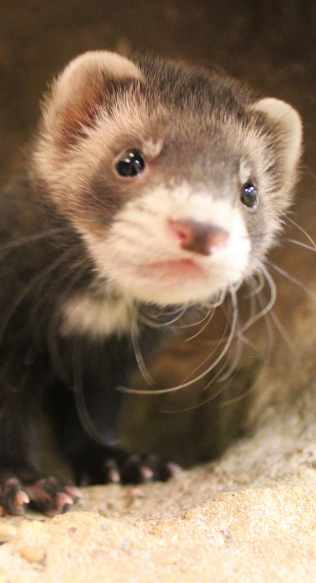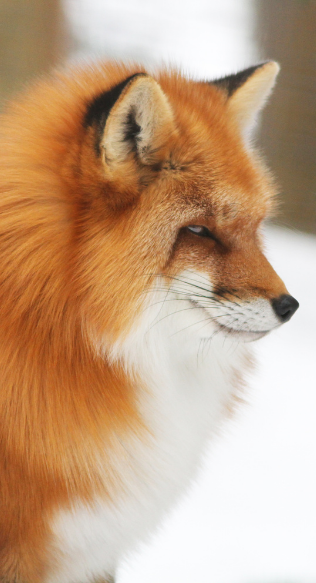The Woods are Calling.
With over 234 acres, 5 miles of trails, and year-round programs there’s always something new to discover at Asbury Woods.
Discovery & Adventure
Click the season wheel to learn more about year-round offerings, including what you'll find on the trails, special exhibits, seasonal activities and more.
Spring
When buds are on the trees and things start to look green it makes you want to refresh and recharge. Spring is a great time to view beautiful wildflowers on the trails, watch birds flit around, or to listen for spring peepers near the Wasiesky Teaching Pavilion. Spring is a great time to start something new, like mountain biking on the Greenway Trail to hiking a new path. It’s also a great time of year to learn something new, like how maple syrup is made.
Summer
Longer days and warm temperatures makes getting outside easy! The tree canopy on the trails makes for cool shade on a warm summer day so get out and enjoy or cool down by taking a hike to Walnut Creek and splash in the water. We hope you join us for a guided program and get outside to enjoy all of summer’s fun in Erie. Other activities you can do at Asbury Woods include:
What to do when you’re there:
• Creeking
• Stomping
• Looking for macroinvertebrates
Fall
The trails are breathtaking during autumn when there’s the crunch of fallen leaves under foot and the beautiful changing fall foliage. We hope you get a chance to visit the Grandfather Tree or the bridge over Walnut Creek to relax and unwind. You can also stop in the Nature Center to learn more about the animals you might see on a walk in the woods. To make the most of the fall season, check out these activities:
Winter
Let’s embrace Erie’s winters with a brisk hike along snow-packed trails or trying cross country skiing or snowshoeing. Freshly fallen snow on the tree limbs is the perfect backdrop for a wintry hike along the trails. Embrace the cooler temperatures by looking for animal tracks in the snow or trying a new way to explore the trails.



